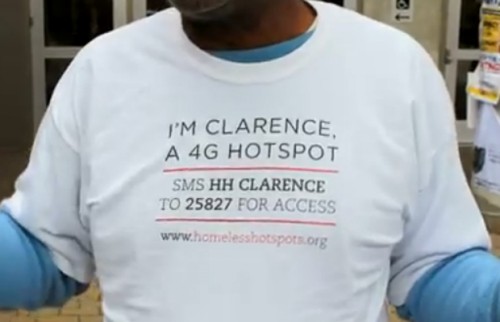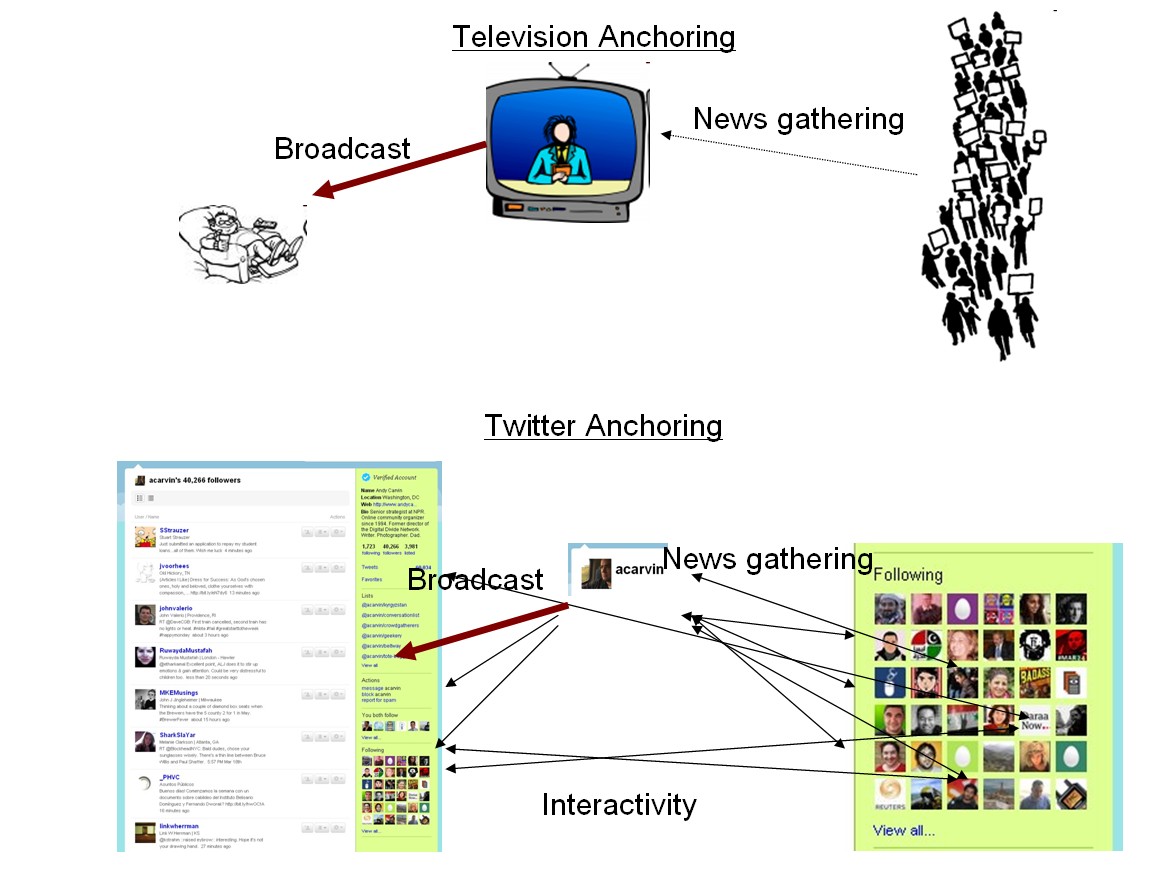A recent study on electronic medical records (EMRs) found that they may not fulfill the promise of lowered health-care costs. This study, and the reaction to it, illustrates much of what is wrong with technology studies, and the unintended social effects of technology itself.
Many technology studies have false ideas of how web and interaction designers actually work. We collectively tend to think of technology as a “fix” that “automagically” eliminates “waste,” even if this is not the intent of the designers themselves (which it frequently isn’t). But as this study points out, there are far more subtle and nuanced issues relating to technology. Specifically, technology makes it easier to do some things. Is it any surprise we end up expecting more things to be done?
Let me illustrate with EMRs.

Researchers from Harvard Medical School found that the use of electronic medical records (EMRs) is actually correlated with a higher number of diagnostic tests, such as MRIs, which in turn implies higher — not lower — health-care costs. more...








